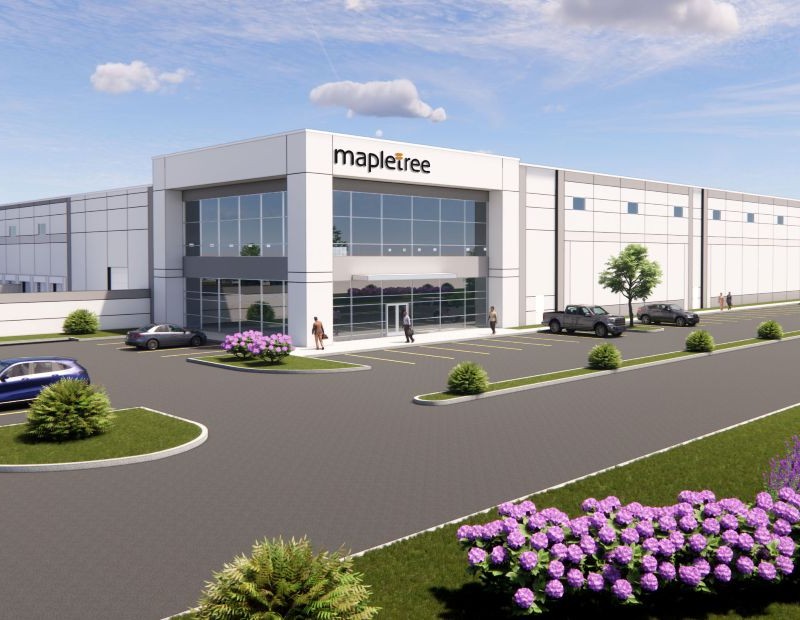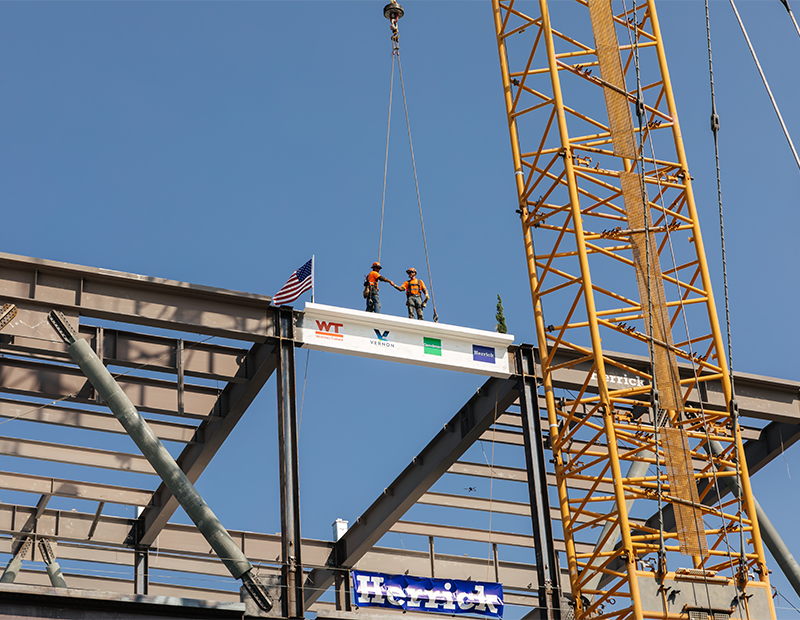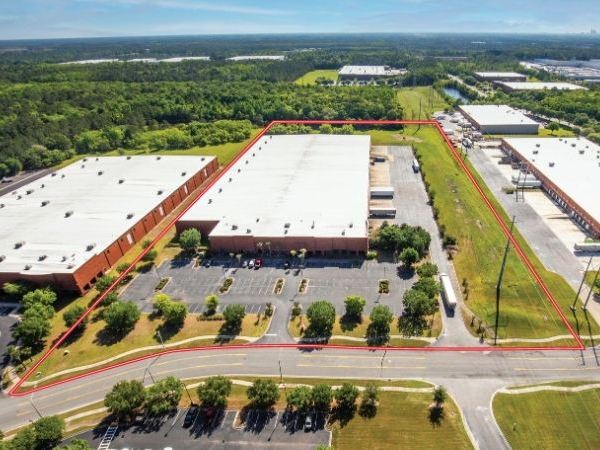California’s $1B Solar Incentives Target Affordable Housing
A new state initiative will provide $100 million in incentives annually for solar retrofitting. More than 3,500 properties comprising approximately 255,000 households will qualify.

Image by andreas160578 on Pixabay
A new California initiative is aiming to raise the profile of solar power in an underserved sector. Launched July 1, the Solar on Multifamily Affordable Housing program will provide as much as $100 million in financial incentives annually for affordable communities.
More than 3,500 properties comprising some 255,000 households are expected to qualify. In the first week after it launched July 1, SOMAH received some 200 applications representing 70-plus megawatts of capacity. SOMAH aims to install 300 megawatts of photovoltaic panels by 2030, a significant contribution to the state’s goal of carbon-free energy by 2045.
SOMAH utilizes virtual net metering, which allows a single system to offset multiple loads while crediting individual accounts for a share of solar generation. Although at least 51 percent of solar power installed through SOMAH is allocated to resident meters, the program also provides incentives for common-area electrical loads.
To be eligible for the program, properties must:
• be deed-restricted, low-income residential housing with a minimum of five units; be located in a community defined as disadvantaged;
• have separately metered units,
• be a customer of a utility or a community choice aggregator, which allow local governments to procure power from an alternative supplier while still receiving transmission and distribution service from their existing utility.
SOMAH utilizes virtual net metering, which allows a single system to offset multiple loads while crediting individual accounts for solar generation. Although at least 51 percent of solar power installed through SOMAH is allocated to resident meters, the program also provides incentives for common-area electrical loads.
SOMAH works on individually metered properties to facilitate on-bill solar credits, which represent direct economic benefit to residents of affordable communities. Virtual net energy metering reflects the unit’s share of the energy generated at the community and records it on electric bills. Each unit’s share of the electricity produced by the building’s solar panels is calculated by a billing mechanism established by the utility. Property owners’ credits are applied through their common-area meters.
Two-Track Program
Multifamily property owners and managers can take two main tracks in navigating SOMAH. Track A offers technical assistance on how SOMAH could work for their property. A custom report includes a remote site assessment and financial analysis of the impact on residential units and common areas. This report prepares owners and managers to evaluate the bids they will receive through SOMAH’s bidding portal.
Participants may also choose Track B, which allows them to enter SOMAH’s pipeline with a commitment to a eligible solar contractor. Owners and managers may still leverage SOMAH’s technical assistance, but contractors will generally drive the process.
Following contractor selection, the applicant submits a reservation request that reserves their funding and place in line. The owner then has 60 days to complete SOMAH’s energy efficiency milestone and 180 days to demonstrate that the project is progressing. After system installation and authorization to operate from their utility, the owner or their agent submits an incentive claim with all the remaining documentation necessary for incentive payment.
According to the Solar Energy Industries Association, California ranks first nationally in solar energy production; the category accounts for about 19 percent of the state’s generation, powering more than 6.5 million homes. Over the past five years, solar energy prices in the state have fallen 34 percent; over the next five years, California’s solar capacity is projected to exceed 15,000 megawatts.
Solar installations across the country are projected to grow 25 percent faster in 2019 than last year. The Database of State Incentives for Renewables & Efficiency (DSIRE) maintains a list of solar incentives by state as well as maps that show solar policies by state.
Although greenhouse gas reduction strategies in a dozen or so states take the form of cap-and-trade programs, California’s decision to allocate funding to multifamily solar installations is unique, according to the Public Utilities Commission. SOMAH joins other California like the Multifamily Affordable Solar Housing program and the Low-Income Weatherization Program.
A handful of governments are investing in multifamily solar, if on a much smaller scale. The first phase of Washington, D.C.’s Solar for All program, for instance, shares $8 million in funding across the multifamily, commercial, and community solar market segments, which will produce as much as 5 MW of solar.







You must be logged in to post a comment.